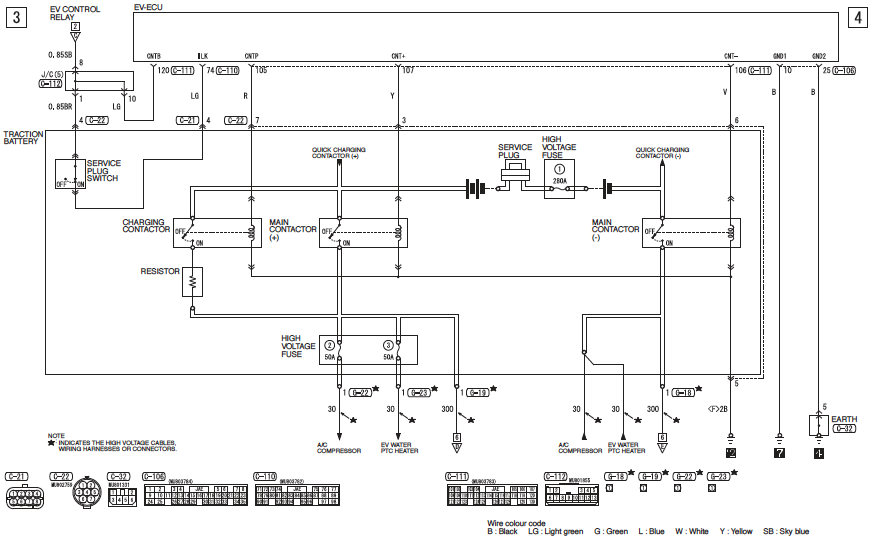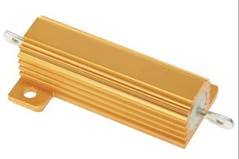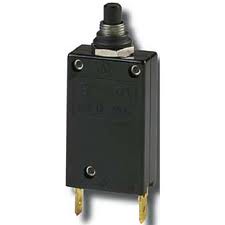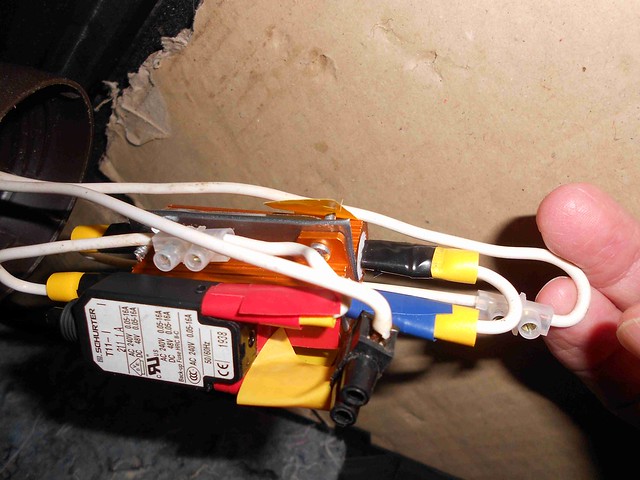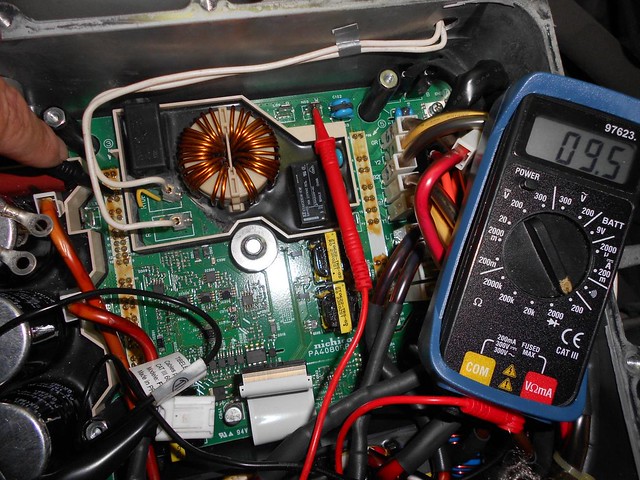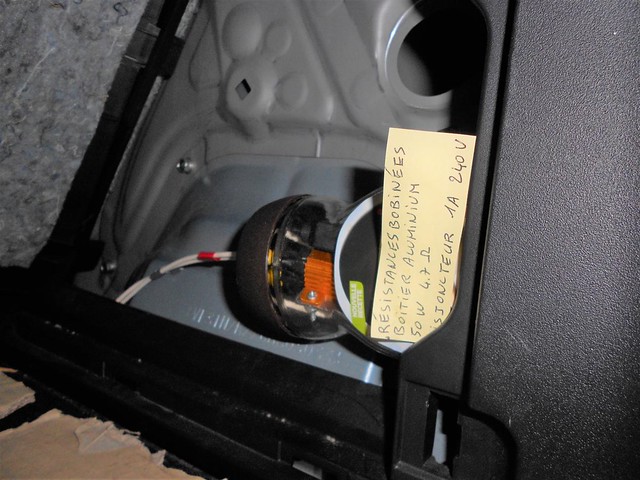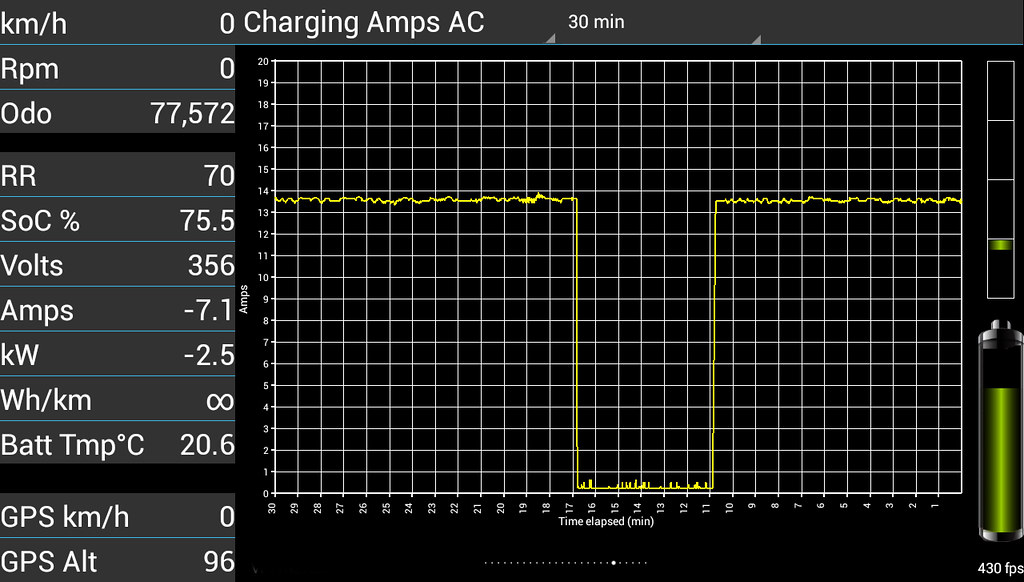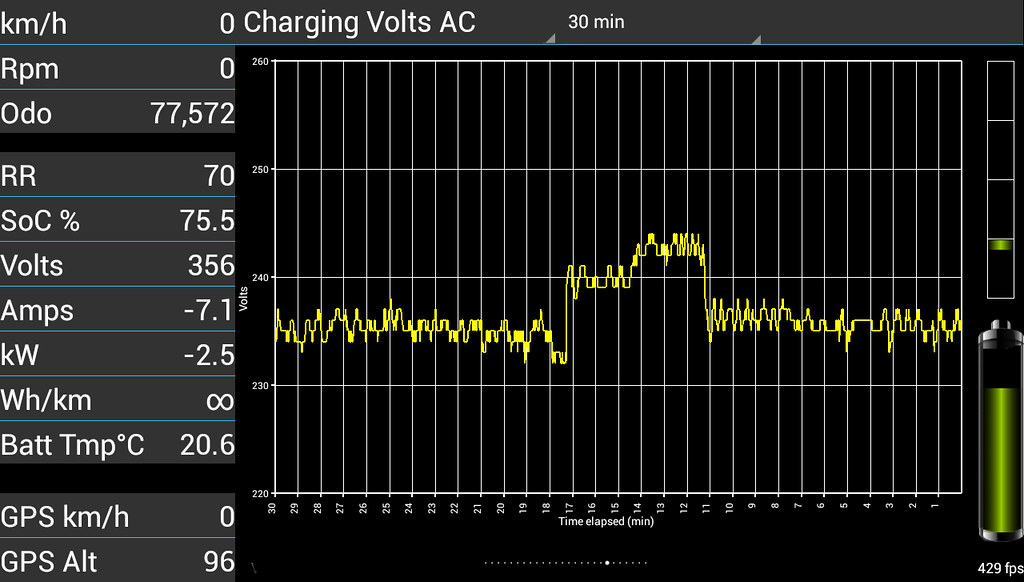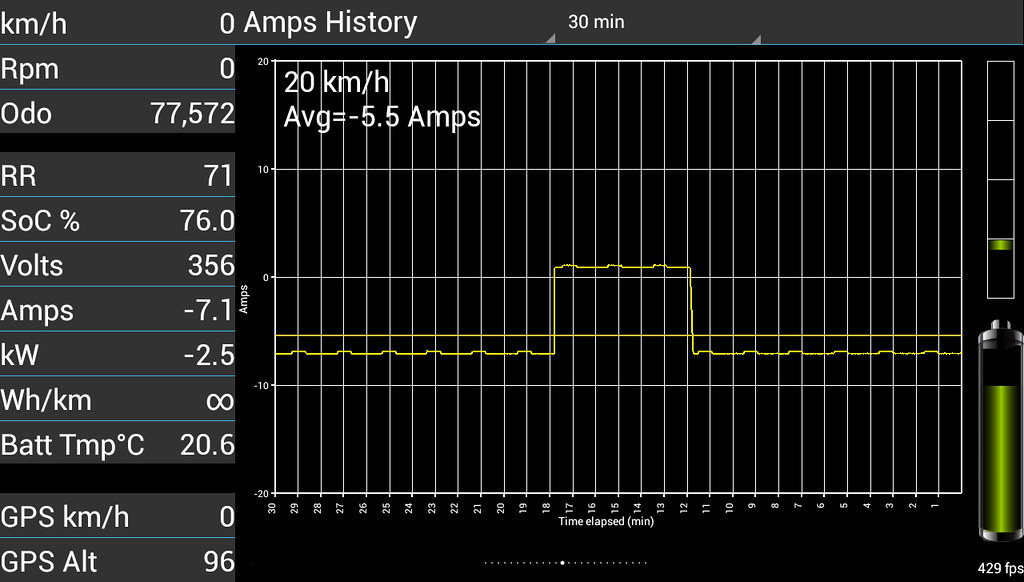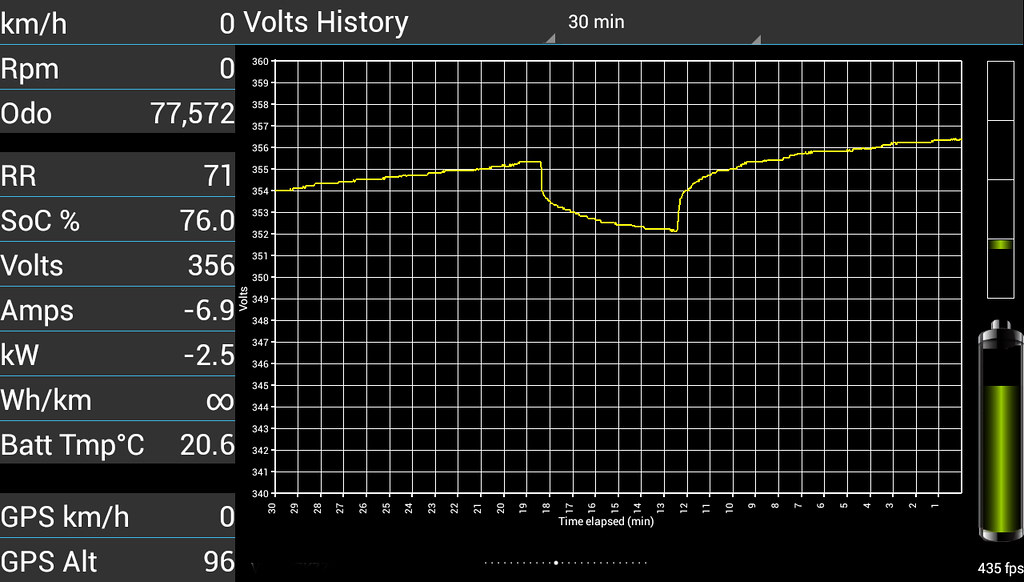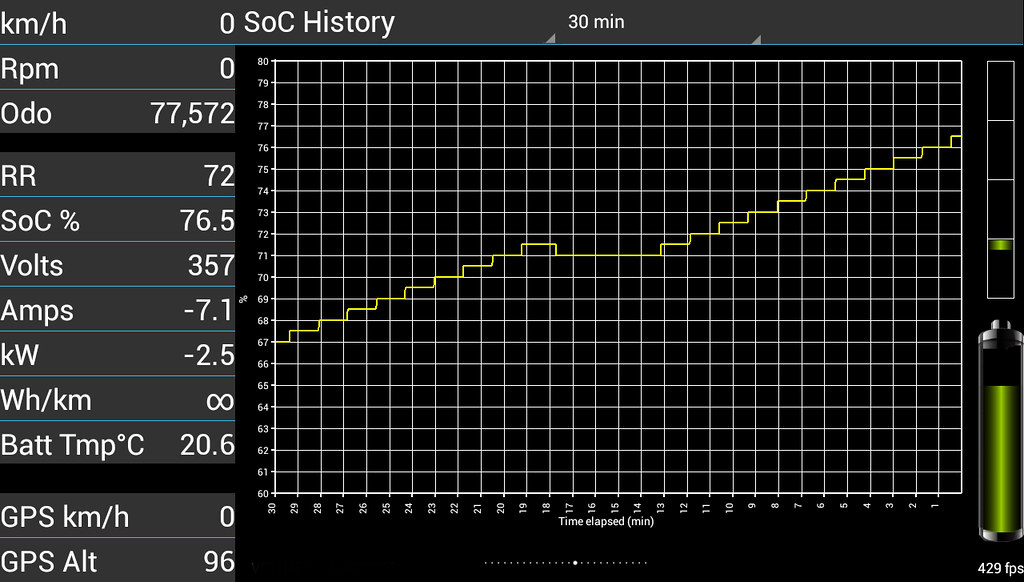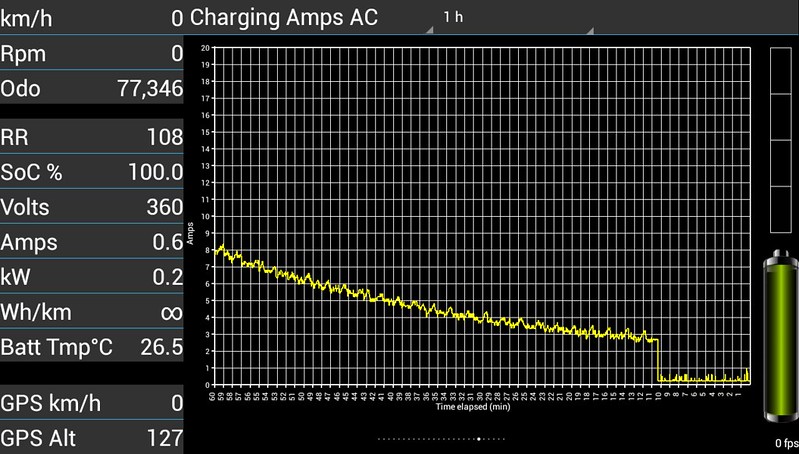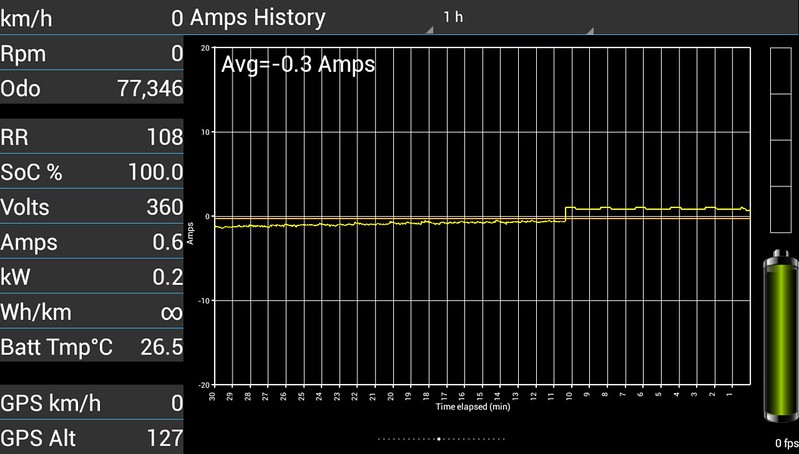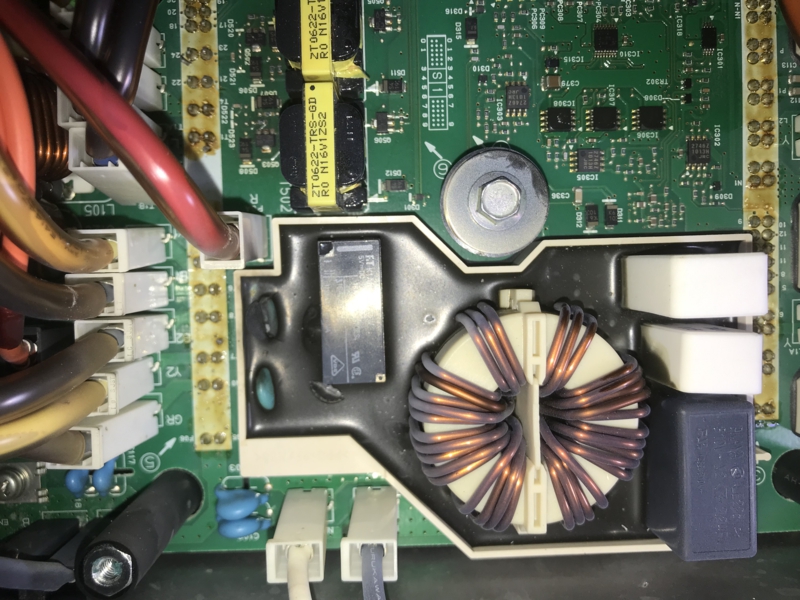It looks like you have access to some very good diagnostic tool.
In the first image it shows faults that are likely caused by the low 12V battery. The live data shows 12.3V which is too low a reading for the 12V battery, indicating old, weak or worn out, definitely below acceptable.
Get a strong fully charged 12V before doing any diagnostics in order to clear up any issues with the low voltage power. The 5V and 3.3V supplies in the ECUs are created from the 12V, so any issue with the 12V will extend across many subsystems as shown in your image.
The pictures of your OBC don't reveal any obvious failure points such as commonly found with failures there, But your tool did not show a fault with the OBC,
The 12V is used to energize the Main contactors in the pack; so the lack of that function points to something upstream such as a fuse, relay or wiring fault (rodent damage?)
In the first image it shows faults that are likely caused by the low 12V battery. The live data shows 12.3V which is too low a reading for the 12V battery, indicating old, weak or worn out, definitely below acceptable.
Get a strong fully charged 12V before doing any diagnostics in order to clear up any issues with the low voltage power. The 5V and 3.3V supplies in the ECUs are created from the 12V, so any issue with the 12V will extend across many subsystems as shown in your image.
The pictures of your OBC don't reveal any obvious failure points such as commonly found with failures there, But your tool did not show a fault with the OBC,
The 12V is used to energize the Main contactors in the pack; so the lack of that function points to something upstream such as a fuse, relay or wiring fault (rodent damage?)




